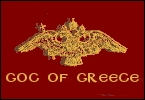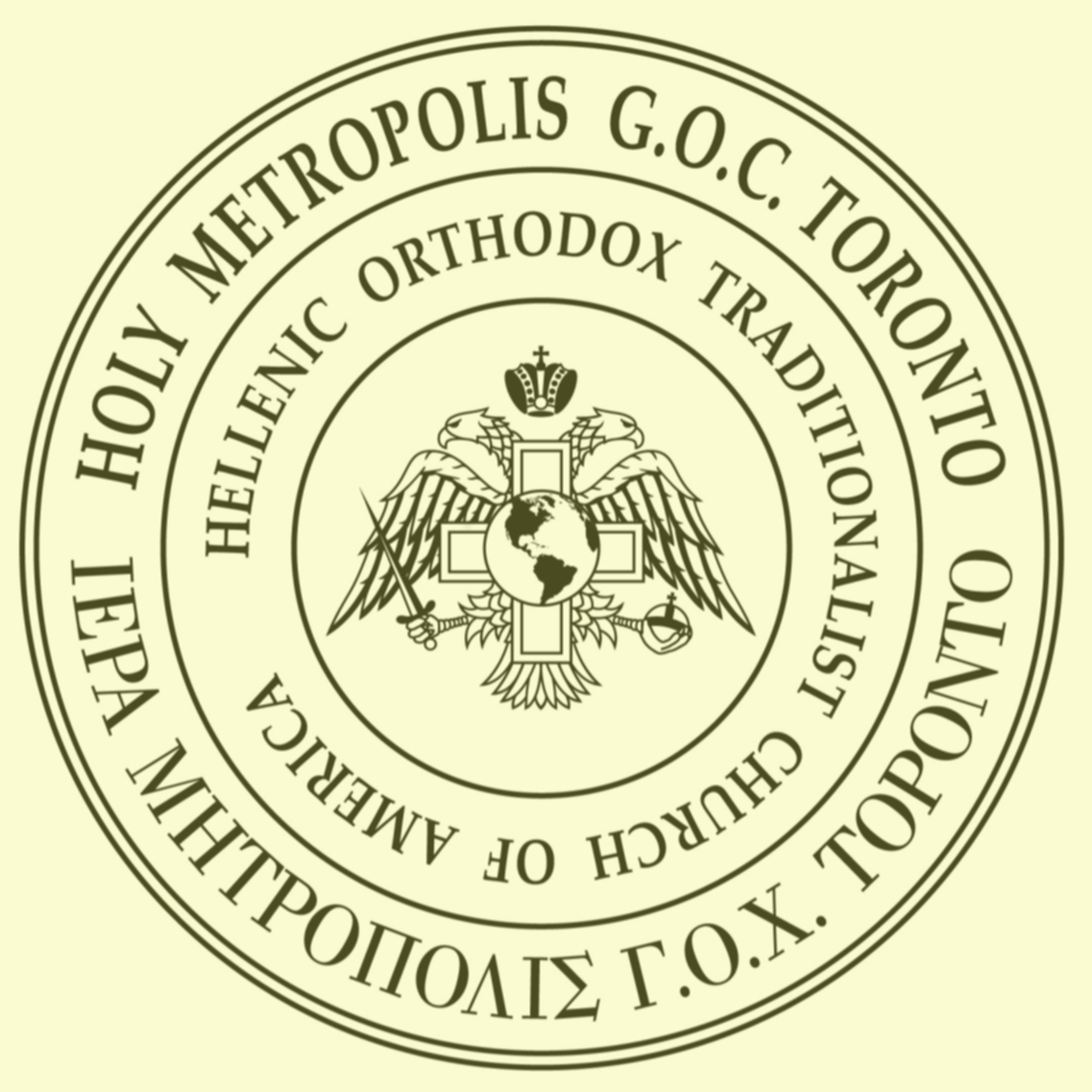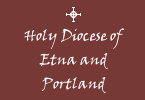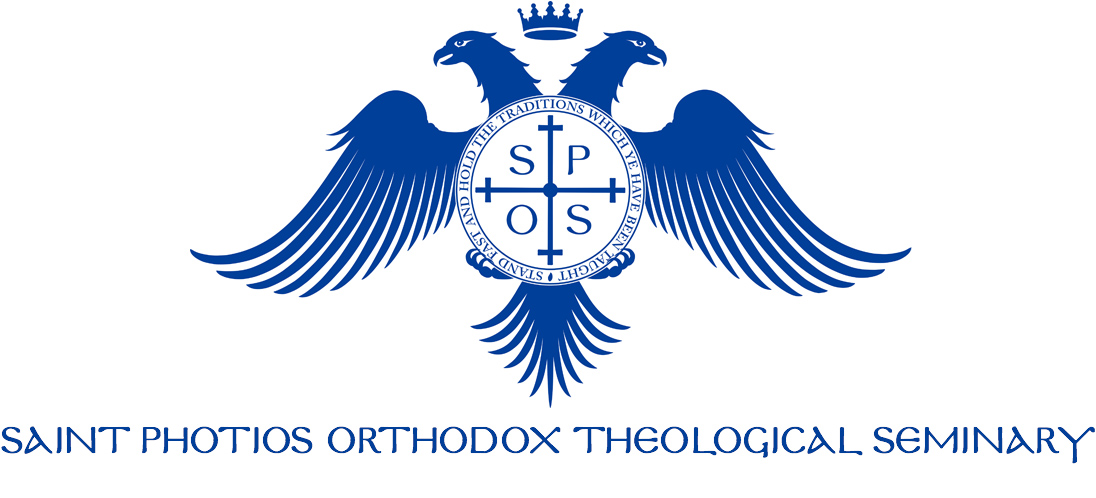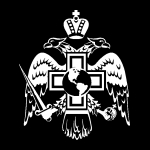I Am Back: Let’s Honor Saint John Together (Sermon)
- Details
- By Metropolitan Demetrius of America
- Created on Friday, 04 July 2025 20:06
On the blessed day of the repose of our patron, Saint John Maximovich of San Francisco, His Eminence Metropolitan Demetrius of America delivered a profound and heartfelt sermon at Saint John of San Francisco Orthodox Monastery in Cobleskill, NY.
In this reflection, Metropolitan Demetrius lifts our eyes toward the saints—those radiant luminaries of the Church of Christ. He speaks of Saint John not only as a miracle-working hierarch and shepherd of souls, but as a fervent lover of the saints himself. “One of the things that made him great,” His Eminence reminds us, “was his love and reverence for the saints.” Saint John became a saint, in part, because he lived in communion with them.
Drawing from a recent pilgrimage through Orthodox Christian holy sites across England, France, Belgium, Germany, Cyprus, and Greece, Metropolitan Demetrius shares moving encounters with the relics and memories of saints who once sanctified the Western lands—saints largely forgotten in modern times. “Any time I would see the name of a town or city,” he recounts, “almost always it was a saint of our Holy Orthodox Church.”
One particularly striking moment occurred upon his arrival in England. “Literally, when I put my first step on the land,” he recalls, “somebody passed by and said to me, ‘Christ is risen.’” It was a providential sign, a reminder that these lands were once ablaze with holy men and women—saints like Saint Cuthbert of Lindisfarne, Saint Aethelthryth, and Saint Bede the Venerable. His Eminence recounts the miraculous preservation of relics, such as the incorrupt hand of Saint Aethelthryth hidden inside the wall of a home attached to Ely Cathedral, still making the sign of the cross—a silent witness to the Church’s enduring holiness.
In France, Metropolitan Demetrius visited the city of Saint Quentin, where he venerated the incorrupt hand of the holy martyr. In Amiens, he was granted access—through the unexpected presence of a government official—to a treasure room containing many sacred relics, including those of Saint Fursi, Saint Gertrude, and even large fragments of the True Cross. In Germany, he visited the shrine of Saint Walburga, still streaming fragrant myrrh centuries after her repose—testifying to the grace-filled presence of God in His saints.
These are not only historical notes but living testimonies that God continues to glorify His friends. As His Eminence says, “This is the type of thing Saint John would love. Saint John would go and discover these saints.” And so we, too, are called to rediscover them—not merely out of historical interest, but to rekindle in our own hearts the zeal and love that ignited their lives.
Quoting Saint Seraphim of Sarov, Metropolitan Demetrius reminds us: If you only knew what takes place in the Divine Liturgy, you would be collecting the dust from the ground, because even the dust is sanctified. These words are not poetic exaggerations—they are spoken by those who have seen with the eyes of the heart, the purified nous.
This sermon is not merely a tribute to Saint John, but a call to transformation. It reminds us that sainthood is not unreachable. The saints were men and women like us, with personalities, struggles, and gifts—but what set them apart was their total dedication to Christ. They retained their individual character even in glory. “Saint John is Saint John,” says Metropolitan Demetrius, “and Saint Clare is Saint Clare… Peter is Peter, and Paul is Paul. They maintain their personalities, but in a perfected state.”
In honoring the saints, and especially Saint John Maximovich, we partake—however humbly—in their glory. “Even a small drop,” His Eminence says, “means we are among the most blessed people on earth. We have the inheritance passed down to us: the saints.”
The sermon concludes with a prayer: that Saint John of San Francisco, our patron and protector, may come to each of us at the hour of death to shield us from the demons and lead us to paradise. Through the prayers of the Mother of God, Saint John the Baptist, the Holy Apostles, Saint Clare, Saint Fursi, Saint Walburga, and all the saints, may we be granted the gift of repentance, spiritual clarity, and ultimately eternal life.
Orthodox Awareness
Ecumenical Dialogues Intensified
At the beginning of September (n.s.) Bartholomew called together a “Synaxis of the Patriarchates and the Autocephalous Church of Cyprus" at the Phanar in order to coordinate their efforts for the First Ecumenistic Council which they plan to convene shortly. At it, they will most certainly have to deal with a conflict with the Patriarchate of Moscow concerning primacy, but also they will proclaim the heresy of Ecumenism with an alleged synodal decision of Ecumenical (or rather Ecumenistic) force. Read more...
Missions
Saint Matthew the Evangelist, Jonesboro, Arkansas
Jonesboro is a town located near the Eastern border of Arkansas, with a population of approximately 60,000. From a human standpoint, it’s not the most likely candidate for a traditional Orthodox mission, but for an Orthodox Christian who orders his priorities around Christ and His Church, it makes perfect sense. Read more...
Youth
2025 Youth Conference
Please join us for the 2025 youth conference in Toronto, Ontario, Canada! To learn more, visit the conference website.
Ask A Priest
Civil Annulment's Effect on Church Marriage?
Q. This concerns a U.S. marriage. If the marriage is civilly annulled, what is the effect upon the Church marriage? Is it also annulled? Read more...

